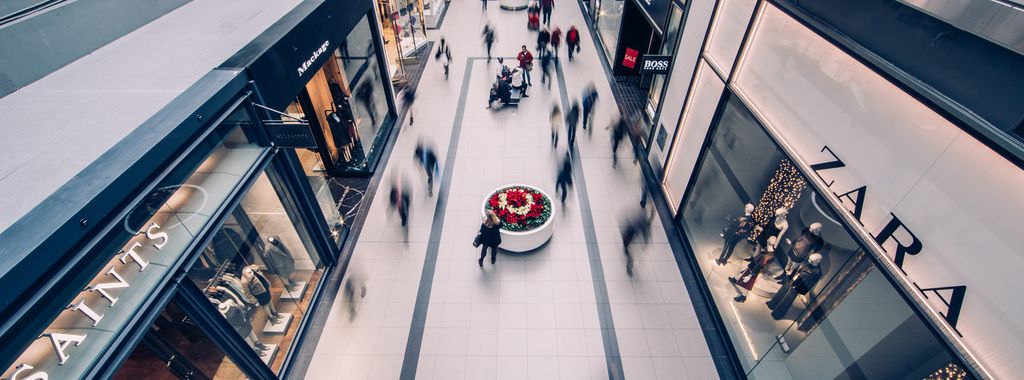Humans, we’re a sociable bunch. Experiences without your nearest and dearest aren’t nearly as fun. And retail therapy is no exception.
The pandemic put an end to high street shopping (for now), and as a result, there’s been a huge uplift in online sales, which let’s face it, isn’t all that sociable. It’s even predicted that 25% of all purchases will be made online by 2024.
But even with the rise of ecommerce, studies show that people still spend more time shopping in-store than online.
Coronavirus may have accelerated trends and rewritten the rules of retail, but it just means physical stores are going to have to think creatively to stay current.
So how exactly can bricks-and-mortar retailers show consumers that there’s nothing quite like heading to the high street to shop til you drop?
Get personal, without the contact
There’s no doubt about it, when the new normal hits, a lot of consumers will be nervous to step back on the high street.
Luckily, contactless capabilities can provide a safe experience for customers when stores open their doors. And with Paymentsense, retailers can get card machines that come with the latest contactless technology to create safer spaces. But there are other ways the high street can use touchless technology too.
If retailers do it right, smartphones could act as a hub for personalised in-store displays and immersive experiences.
You might have heard of beauty brand MAC and their famous virtual mirror. It’s a perfect example of a retailer using tech to showcase their products. And the result? An uplift in engagement by 200%.
Retailers have a golden opportunity to create something that goes beyond browsing. With a little creative thinking and some touchless technology, brands can bring their physical store to life in a way that will have people coming back for more.
Collaboration is key
Usually, when a retailer opens up a physical store, it’s with a view to stay put in that spot for quite a while. But the pandemic has thrown all retail norms out the window, and now businesses are having to do things a little differently.
John Lewis is a huge high street name, but even they’re looking at shaking up their physical presence. Soon Waitrose supermarkets across the country will have mini John Lewis stores for customers to browse. The idea is to make their products more accessible and give consumers a flavour of what John Lewis has to offer.
For smaller and medium-sized businesses, the benefits could be even bigger. With smart partnerships, retailers can save massive amounts on rent plus increase their offering and get more customers through the door.
So what does that mean for the future of bricks-and-mortar spaces? Well, it could mean we see some unexpected shared spaces. With smaller, collaborative areas and creative displays, retailers could focus on forging partnerships and creating spaces that transform the consumer experience.
Create an omni-channel store
Online retailers are striving to create that in-store experience with more personal elements like one-to-one virtual appointments. But what if physical stores opened themselves up to more channels and harnessed the power of ecommerce.
These days, retailers have a chance to open up their offering online within digital spaces. This can even lead to benefits like capturing consumer data as well as linking online and offline for a more holistic experience. Even if customers don’t buy in-store, omni-channel selling could retarget customers to tempt them into buying later.
Paymentsense gives retailers an opportunity to tap into omni-channel selling by easily creating sleek online stores, with ecommerce solutions. Having the flexibility to take payments through a number of different channels has proved massively successful for businesses. It’s even been found that omni-channel shoppers spend more and shop twice as much.
So, what next?
Retail has had a whirlwind of a year. But the stats don’t lie – people still need in-person shopping, and it’s a big reason why the popularity of pop-up stores are on the up.
That’s because the success of pop-up stores and events-based retail is rooted in social interactions and brand experiences. Remember, we’re humans – we love socialising. If bricks-and-mortar retailers innovated their offering with tech as well as physical and digital spaces, they could create a shopping experience for their customers that could see the high street thriving once again.
